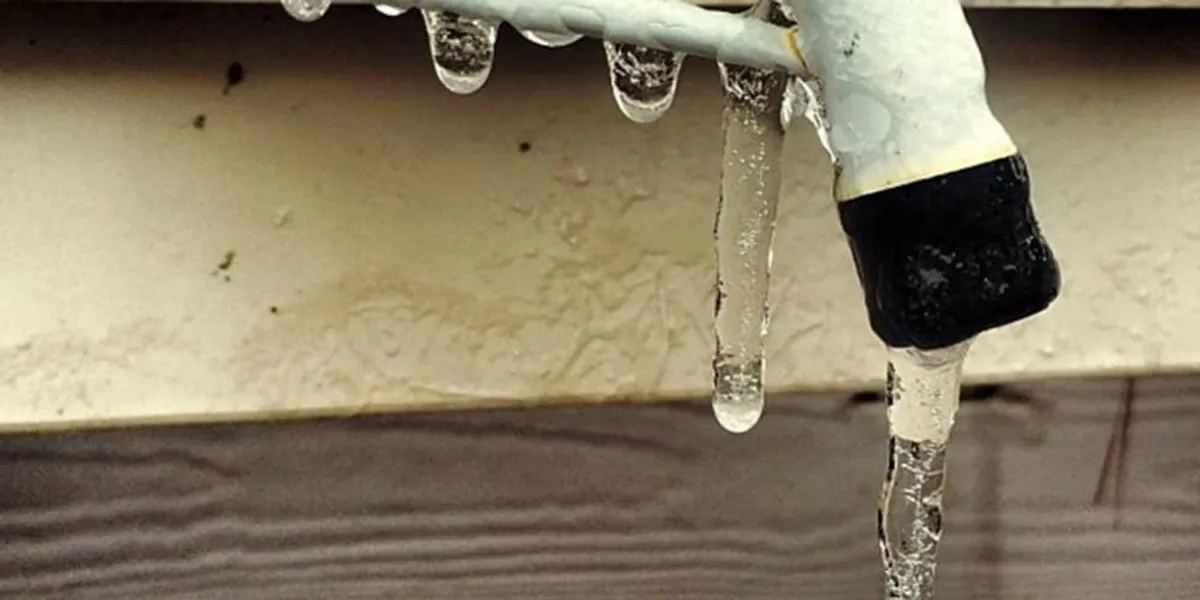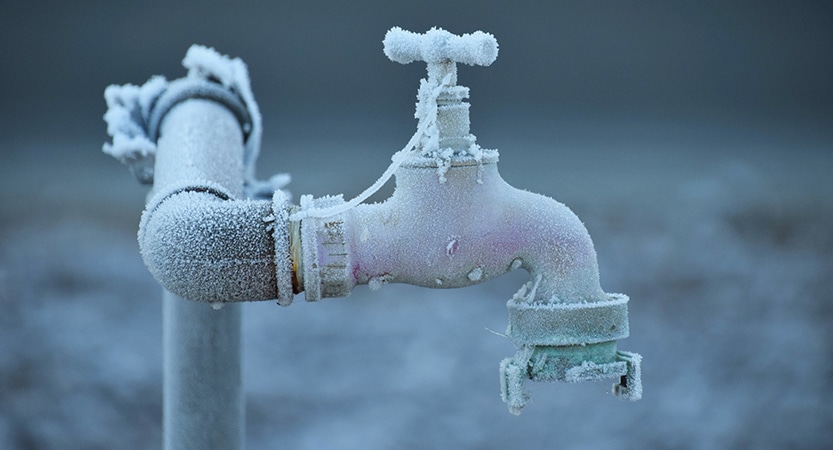In this article below you can locate additional dependable details with regards to How to Prevent Your Pipes From Freezing.

Winter can damage your plumbing, particularly by freezing pipes. Here's exactly how to stop it from taking place and what to do if it does.
Intro
As temperature levels decline, the risk of frozen pipelines rises, possibly causing costly repairs and water damage. Recognizing how to prevent icy pipes is critical for home owners in cool environments.
Recognizing Frozen Pipelines
What causes pipelines to freeze?
Pipes ice up when subjected to temperature levels below 32 ° F (0 ° C) for extended periods. As water inside the pipelines freezes, it broadens, taxing the pipe walls and possibly creating them to burst.
Dangers and problems
Icy pipelines can lead to water system disruptions, property damage, and expensive repair services. Ruptured pipes can flood homes and cause extensive structural damages.
Indications of Frozen Piping
Determining icy pipes early can prevent them from breaking.
Exactly how to recognize icy pipes
Look for lowered water circulation from faucets, uncommon smells or noises from pipes, and visible frost on subjected pipes.
Avoidance Tips
Insulating vulnerable pipelines
Cover pipes in insulation sleeves or utilize heat tape to shield them from freezing temperature levels. Concentrate on pipes in unheated or external areas of the home.
Home heating methods
Maintain interior spaces sufficiently heated, particularly locations with plumbing. Open cupboard doors to allow warm air to circulate around pipelines under sinks.
Safeguarding Outside Pipes
Yard pipes and outdoor faucets
Separate and drain pipes yard pipes prior to winter months. Mount frost-proof faucets or cover outside faucets with shielded caps.
What to Do If Your Pipelines Freeze
Immediate activities to take
If you suspect icy pipes, keep faucets open to relieve stress as the ice melts. Use a hairdryer or towels soaked in warm water to thaw pipes slowly.
Long-Term Solutions
Architectural modifications
Think about rerouting pipes far from outside wall surfaces or unheated areas. Include additional insulation to attics, basements, and crawl spaces.
Upgrading insulation
Buy top quality insulation for pipelines, attic rooms, and wall surfaces. Correct insulation assists keep consistent temperature levels and lowers the danger of icy pipes.
Verdict
Avoiding icy pipes needs positive steps and quick responses. By understanding the causes, indications, and preventive measures, homeowners can safeguard their pipes throughout cold weather.
5 Ways to Prevent Frozen Pipes
Drain Outdoor Faucets and Disconnect Hoses
First, close the shut-off valve that controls the flow of water in the pipe to your outdoor faucet. Then, head outside to disconnect and drain your hose and open the outdoor faucet to allow the water to completely drain out of the line. Turn off the faucet when done. Finally, head back to the shut-off valve and drain the remaining water inside the pipe into a bucket or container. Additionally, if you have a home irrigation system, you should consider hiring an expert to clear the system of water each year.
Insulate Pipes
One of the best and most cost-effective methods for preventing frozen water pipes is to wrap your pipes with insulation. This is especially important for areas in your home that aren’t exposed to heat, such as an attic. We suggest using foam sleeves, which can typically be found at your local hardware store.
Keep Heat Running at 65
Your pipes are located inside your walls, and the temperature there is much colder than the rest of the house. To prevent your pipes from freezing, The Insurance Information Institute suggests that you keep your home heated to at least 65 degrees, even when traveling. You may want to invest in smart devices that can keep an eye on the temperature in your home while you’re away.
Leave Water Dripping
Moving water — even a small trickle — can prevent ice from forming inside your pipes. When freezing temps are imminent, start a drip of water from all faucets that serve exposed pipes. Leaving a few faucets running will also help relieve pressure inside the pipes and help prevent a rupture if the water inside freezes.
Open Cupboard Doors
Warm your kitchen and bathroom pipes by opening cupboards and vanities. You should also leave your interior doors ajar to help warm air circulate evenly throughout your home.

Hopefully you enjoyed reading our topic on How to Prevent Your Pipes From Freezing. Thanks a lot for finding the time to browse our blog. Appreciated our blog posting? Please quickly share it. Help another person locate it. Thanks so much for your time invested reading it.
Call Today